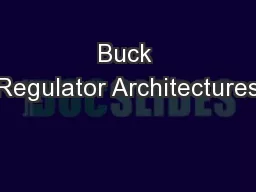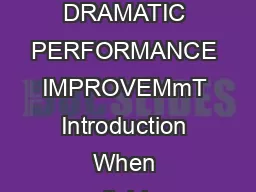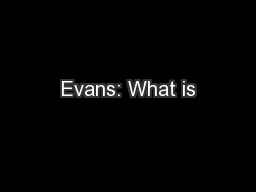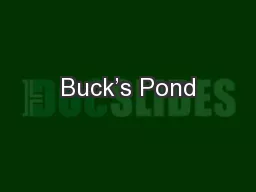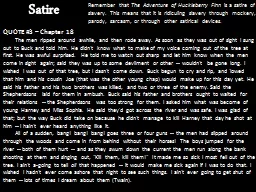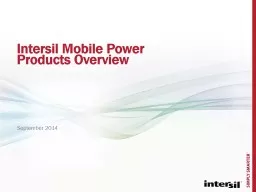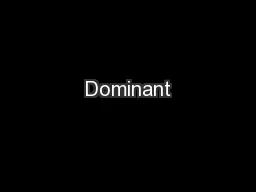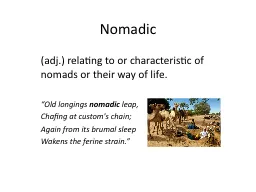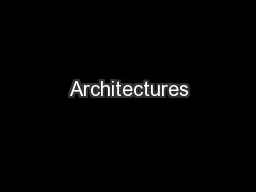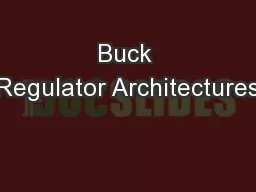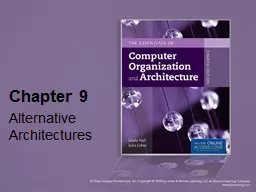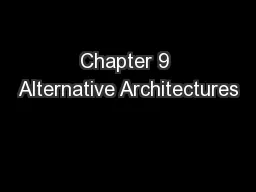PPT-Buck Regulator Architectures
Author : yoshiko-marsland | Published Date : 2018-06-29
41 Overview BuckSwitching Converters 2 Synchronous NonSynchronous ExternalFET Controllers InternalFET Regulators LM3102 LM22676 LM3489 LM2747 Vin S D L C Vout
Presentation Embed Code
Download Presentation
Download Presentation The PPT/PDF document "Buck Regulator Architectures" is the property of its rightful owner. Permission is granted to download and print the materials on this website for personal, non-commercial use only, and to display it on your personal computer provided you do not modify the materials and that you retain all copyright notices contained in the materials. By downloading content from our website, you accept the terms of this agreement.
Buck Regulator Architectures: Transcript
Download Rules Of Document
"Buck Regulator Architectures"The content belongs to its owner. You may download and print it for personal use, without modification, and keep all copyright notices. By downloading, you agree to these terms.
Related Documents

